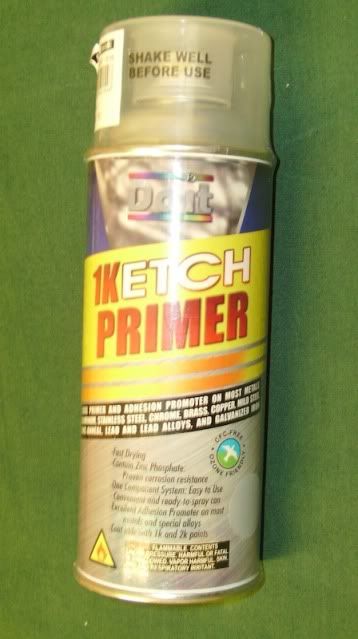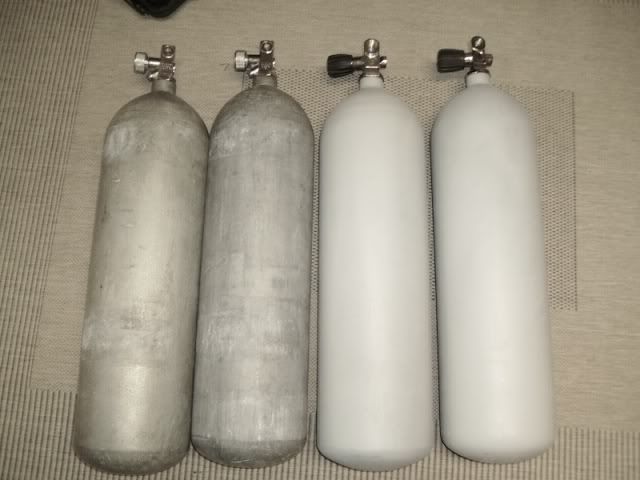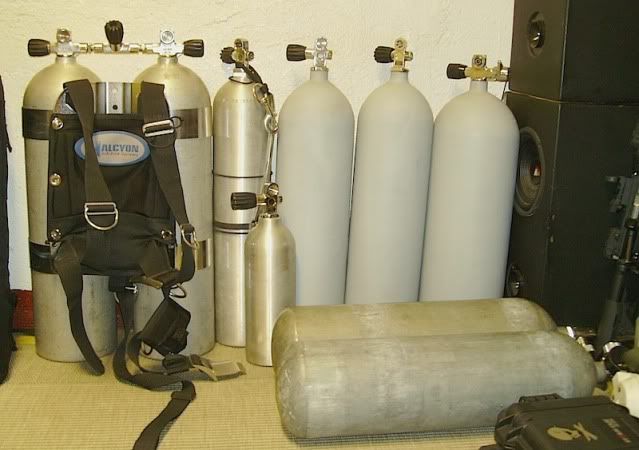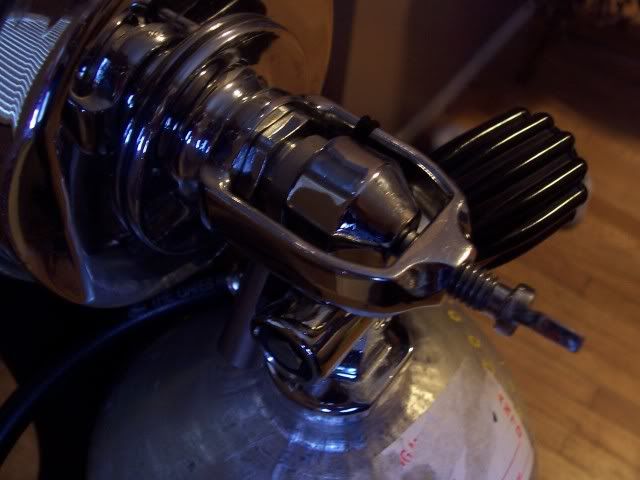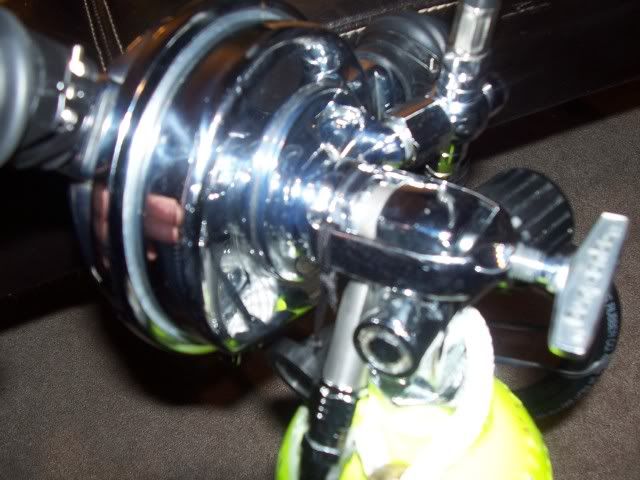Ed I would not have it rechromed, at least not for a while. IMO, an old reg should have battle scars.

Just dive it and learn how it works. A word of caution, rechroming the main body and HP nozzle can cause you some operational issues that are not obvious and can take some non standard repair work to fix. Rocket science it isn’t not but it is not reg repair 101 either. Until you fully understand the reg and how it performs I would not totally dissemble it.
Now that you have one, have you considered what post dive maintenance you will do?? Done properly, it is different than a single hose. Besides rinsing it off externally, there is the interior of the hoses and cans to consider. If you plan to dive again the next day then a simple a soak (dust cap on or attached to a tank) and rinse followed by flushing the mouthpiece and duck bill. Do this by holding the reg with the mouthpiece up and flow water into the mouth piece and out the duckbill. Now, hold the reg with the supply horn down so any water in the main can and supply hoses will drain toward the mouth piece. Shake the can and hoses to help any water out of the corrugations, then rotate it by the hoses so the mouthpiece is high and shake the exhaust hose to drain water into the duck bill, blow into the mouthpiece to force any remaining water out. You are good to go for the next day. If the reg is not going to back in the water for a few days or more, it's a good idea to do a full cleaning. For a full cleaning, you need to do some disassembly, I will give you 2 methods.
If the Explorer has a band clamp then remove the clamp, separating the 2 cans. The diaphragm will come out. Note any water inside the cans (a little is common) then rinse everything well. Hold the main can high with the outer can hanging and liberally flush water all the way through the hoses and out the duck bill (flat rubber thing in the outer can). While flushing the main can, DO NOT press down on the horse shoe shaped lever if the reg is
unpressurized, with tank pressure on it, then is actually a good idea to do. This is what opens the second stage so opening it with water flowing over it and no tank pressure may allow water into the regulator section of the reg, not good but like a SH reg, if you do, just hook it to a tank and blow the water out. Once you have it flushed, hold the reg so the exhaust can is hanging from the main can and shake the hoses to remove as much water as possible. I prefer to allow mine to hang and dry for a day or 2 before I reassemble it, shaking the hoses every time I walk by it. The corrugations trap a lot of water.
As an alternative, you can remove the
supply hose and flush the cans by running water into them and the hoses as above. Either method is fine, I prefer to separate the cans so I can inspect the interior but it is not necessary. The latter method is easier because it does not require you to realign the diaphragm or cans. A sharpie dot on the hose and can horn will make realigning the hoses easier. They do not have to go on in a specific way but once installed on the mouthpiece you will want them to be back in their original position on the can, otherwise it can pull the on mouthpiece and be a PITA during a dive.
Guess I better tell you how to reassemble it if you use method 1.

Note there are 2 tabs on the diaphram, these set directly on top of the 2 ends of the horse shoe in the main can. To make them easy to align, I put a dot on the outer edge of the main can and one on the edge of the diaphram that are in line with the tabs and horse shoe ends. I use a sharpie pen. These serve as reference marks because you can not see what you are doing once the diaphrgam is installed, either tab can go with either horse shoe tip. Now set the outer can on top of the main can/diaphragm and align the top left corner of the label with the center of the supply hose, the hose should be roughly 120 deg apart. The duckbill may or may not be attached to the outer can by a dab of silicone, either is OK but you need to make sure the duckbill is laying flat and not bent. It will not function correctly if it is bent. You can look through the holes in the can to make sure it is flat before installing the band clamps. The band clamp is next, note that there is a notch in the clamp, this goes under the exhaust horn. Put the screw in the clamp and snug it up. You are done.
You can also build a hose dryer but that is another thread.
One more dive oddity of the DH you need to know about. It is fairly common for the duckbill in the exhaust to stick together after they have dried. As part of a pre-dive test you should exhale through the mouthpiece. If the exhaust seems too hard to do, a little harder blow will usually free it up, if not ran water into the mouthpiece, allowing it to drain to the duckbill and blown out with a little force will almost always do the trick. And it is common and normal for them to flutter with a good bit of noise when you do…..it is a duckbill after all.
.
Man.....looks like I need to write a book on DH diving. The chapter on post dive reg care is already done.

